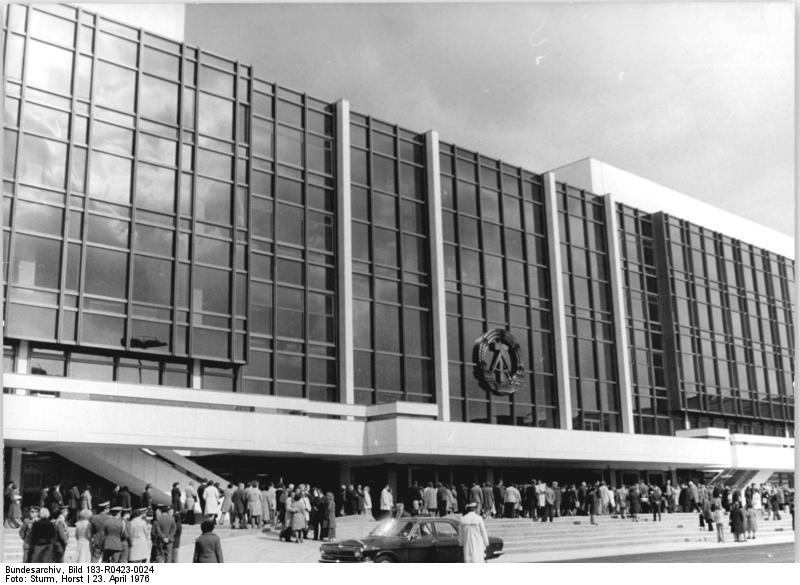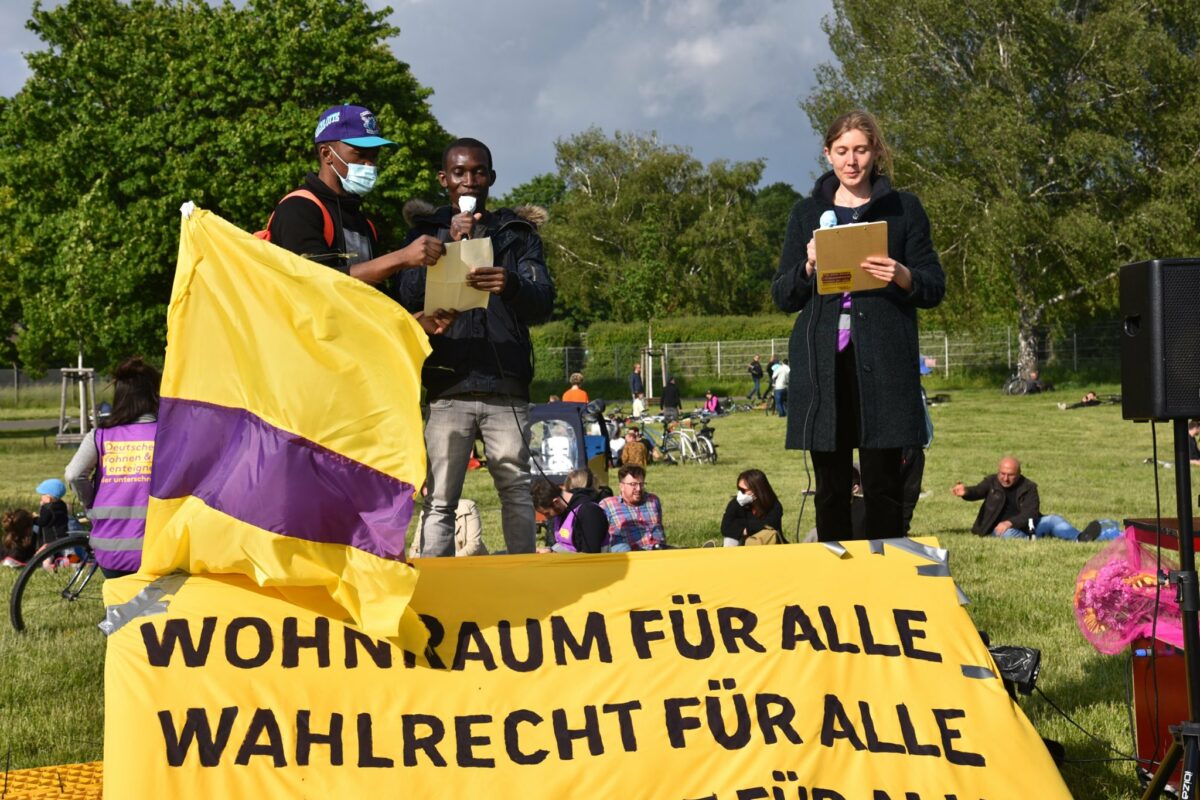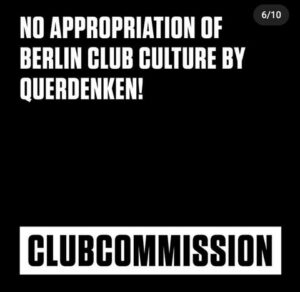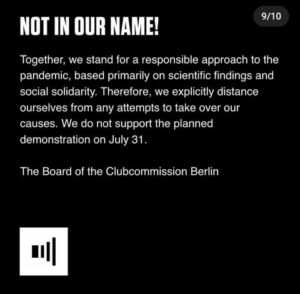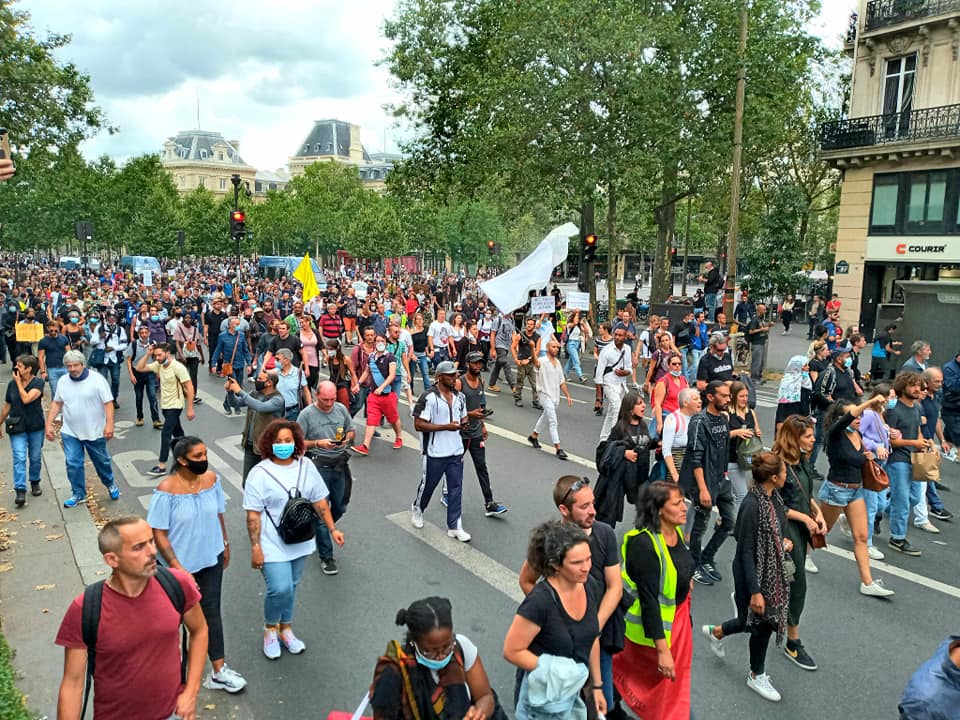BERLIN BULLETIN NO. 194 August 10 2021
The annual heyday for German journalists is here again – another round anniversary reminds us, days in advance, how terrible life was for us poor souls in that awful old East German Democratic Republic. This year it’s the 60th anniversary of the Berlin Wall. For me such previews were handy reminders to buy flowers or chocolates: August 13th has been, since 1955, our wedding anniversary. But I was always aware that for all its 28 years, the majority found nothing pleasant in the nasty barrier, with 100 to 150 people losing their lives trying to break through, under or over it.
But what is it that still warrants so much attention, year after year? Why (and I’ll borrow an analogy from my own book), why keep kicking a horse that’s been dead for 31 years? Do some fear that the old stud may still have a kick or a bite left in him?
But if such fears were present when parts of the giant structure titled “Humboldt Forum” were finally opened on a main square in Berlin then triumphant expressions of satisfaction drowned them out; only a small group of protesters visibly expressed some of the bitter nostalgia.
It was here that the Hohenzollerns – the Prussian kings, and after 1872, German Kaisers – had their palace. This famous dynasty was expert in three activities: making war, seizing colonies in Africa and Oceania, and amassing wealth and property. In 1918 they lost out fully in the first two; they are still litigating about the third. The palace, no longer theirs, was wrecked and burnt out in World War Two.
In 1950 the GDR leaders, faced with a choice, decided that rebuilding it in ruined Berlin was far out of reach. And was it worth it? As a symbol? One balcony was saved and built into a new government building. From it, on November 9th 1918, Karl Liebknecht vainly proclaimed a “Free Socialist Republic of Germany”. The rest was carted away as rubble, arousing the wrath of all the still very vocal monarchists in West Germany.
In its stead, in 1973-1976, the Palast of the Republik was built – a sleek, long building in Bauhaus style, with transparent-from-the-inside windows. Some found it handsome, some didn’t. But everyone I have ever met liked it on the inside, except the northern third reserved for the national legislature, which is hardly exciting since all votes have been unanimous (with one exception: in 1972 when 14 Christian party delegates voted, in vain of course, against a new law legalizing free abortions).
But the rest of the building had a big concert hall, convertable in 30 minutes into an auditorium or a dance area, and also a small theater, bowling alley (new here at the time), disco, almost a dozen restaurants, cafes and beer bars at modest prices, an always-open post office and, best of all, a big two-level foyer full of comfortable armchairs and sofas, always open, free and ideal for meeting friends, resting after shopping or escaping sun, rain or cold.
But with no more East German republic there must be no more Palace of the Republic. Asbestos was found in steel beams, offering a desired opportunity, not to renovate it like other buildings, but to tear it down despite desperate demonstrations by East Berliners and pleas by international architects. Led by a bankrupt but ambitious minor noble from Hamburg, aided by media and politicians who always hated “those Reds in the East,” with even the Greens joining in and the LINKE isolated, it was decided to rebuild – not exactly the imperial palace but an immense atrocity of the same size, with a copy of its baroque façade, Prussian eagles and all, and 200 feet up a victorious golden cross. To diminish the all too royal association it was named, like the nearby university, after the brothers Wilhelm and Alexander von Humboldt, a leading philosopher and a famous explorer in the early 1800s.
But what to put in it? Simply a library? Too big a contrast! So, step by step, other items were added in an effort to replace what had been torn down; a café on the roof, two restaurants, a small theater and a cinema. Even a shamed-face little exhibit about the GDR Palast. But the main content was the Asian Art and Ethnological Museum moved from the city outskirts, one of the world’s largest collections of wonderful objets d’art, begged, borrowed or mostly stolen from German colonies before 1918, now Namibia, Togo, Cameroun, Tanzania, Rwanda, Burundi in Africa and New Guinea, Samoa, Palau and other islands in the Pacific. There are beautiful bronze sculptures, ceremonial masks, finely-carved religious and animal figures, even a beautiful South Sea island fishing boat, 52-feet long. Some of the 150,000 objects date back to the 12th century. The most remarkable and beautiful would be exhibited.
But in France, Belgium and England some consciences had begun stirring. And even where these were weak or non-existent the feelings of scholars, journalists and ordinary people in the ex-colonies could increasingly be described by the American phrase, “We was robbed!” Plans for new museums in these countries raised the question: why should tourist money paid to see exquisite Benin bronzes fill Berlin or Paris bank accounts once founded on the backs of people who created the art work?
Of course, European curators don’t want to lose their attractive treasures, and while some respond to demands for repatriation others are seeking display loans, joint traveling exhibitions or other compromises. In Berlin, too, many conciliatory words have been spoken. But somehow the gloss of the exhibits in the Humboldt Forum has taken scratches even before being opened to the public.
Alongside embarrassed discussions about the ownership of art treasures the whole question of German colonization has gained new attention. For years many West German history books still tended to praise efforts to “civilize the savages”. But new, tougher attitudes in Africa are now demanding not just artifacts but official apologies and reparations, often in hard cash.
Many are only now learning of the first genocide in the 20th century, a decade before Armenia! In 1904 the Herero people, after an uprising against forced occupation and settlements in what is now Namibia, were surrounded, defeated with modern machine guns, driven into the huge desert and forcibly cut off from all water sources. An estimated 40,000 to 60,000 men, women and children died, mostly of thirst – about 75% of the Herero population. The neighboring Nama, also defeated, enslaved or confined to the first concentration camp of the century, lost up to half their population. In another dreadful preview, 300 skulls were taken to Germany to “scientifically prove black inferiority.” In 1907 a rebellion in German Southeast Africa claimed a death toll of perhaps 200,000.
For years Namibia has pushed for an apology and reparations – at last something over $1.1 billion has now been offered, a fraction of what the suffering cost. The negotiations are continuing.
For some, this giant edifice with its imperial façade, in disregard of any such nasty recollections, marked a delicious victory, happily recalling Germany’s one-time colonial glory and greatness. But alarm bells are now ringing to warn us that such memories are becoming relevant – and dangerous!
Did they recur when German troops moved into Afghanistan, together with US and other NATO troops? Except for the LINKE deputies (then under an earlier name) and a few brave rebels, every Bundestag party voted for the deployment. It was originally for six months. Twenty years later the troops are finally coming home, after the death of 59 Germans and thousands of Afghans, very often civilians and most famously a large group, many of them children, who had gathered to collect leaking gasoline from a mired truck and were bombed by order of a German colonel. “A mistake,” he insisted – before being promoted to general. Defense Minister Peter Struck, a Social Democrat, had declared: ”The security of the German Federal Republic must be defended at the Hindu-Kush mountains.” What was really achieved in Afghanistan? Worse than nothing!
This German security had to be defended quite often, even though the end of the Berlin Wall meant that not a meter of frontier could now be called hostile. Yet German planes flew missions over Serbia, lives were lost “defending Germany” from presumed foes in Bosnia-Herzegovina and Kosovo, and the coasts of Lebanon and Somalia needed protection from hostile Arabs or Somali fishermen-pirates. And once again in Africa! While a beautifully-crafted drum from ancient Mali was being polished up for the Humboldt Forum exhibit, it was found necessary to defend freedom and peace – (and “help civilize Africans”?) in today’s Mali. Or was it to defend the gold and mineral desires of its European ally France – and squeeze back into West Africa, where the fighting in Mali has spread to four neighbors? The most recent result: twelve German soldiers wounded, three of them seriously – all presumably involved in training Mali’s soldiers – or perhaps doing a bit of reconnaisance as well?
But oceanic glories are also re-emerging from a long hibernation (to mix a metaphor). In early August the German navy’s frigate “Bayern” set sail for a seven-month tour of eastern waters.
German government officials explained: “With the rise of Asia, the political and economic balance is increasingly shifting towards the Indo-Pacific. The region is becoming the key to shaping the international order in the 21st century…The Defence Ministry intends to increase its security engagement in the Indo-Pacific region. In addition to expanding security and defence cooperation with partners in the region, defence contacts are to be intensified, too. This includes, for instance, participation in exercises.“
The head of the navy, Vice-Admiral Kay-Achim Schönbach, explained things more clearly to the sailors waiting to embark: ”The aim is to show the flag and demonstrate on the spot that Germany stands by its international partners for freedom of the seaways and the maintenance of international law… That means we meet our partners and train together. We also plan, among other things, to watch over UN sanctions against N. Korea…” (Under the heading “freedom of the seaways,” I guess!)
Defense Minister Annegret Kramp-Karrenbauer made it even easier to grasp: “It is high time for Germany to be more energetic in watching over its interests.” Her words and the frigate’s trip seem aimed at tipping a delicate balance, favoring not those wanting trade and peace with China but those looking for trouble, building up German strength and influence in Eurasia as a true ally but occasional rival of its big partner on the shores of the Potomac. And again, do I hear echoes of a nasty past?
German expansionism no longer needs dreadnaughts under royal flags of a ruler with handlebar whiskers, nor Panther tanks and Messerschmitt fighters with the twisted cross of a man with a little black mustache. Fat wads of euros, now electronic, can also be effective. And yet there are always some who love Leopard tanks, Rheinmetall missiles and Thyssen-Krupp frigates, all useful for Germany’s twelve current operations on three continents. Or who pine for colorful medals!
But after one more gloomy glance at the Kaiser’s posthumous new palace, awesome in size, awful in appearance, I must return to the anniversary of that notorious, far uglier Berlin Wall of 60 years ago.
President John F. Kennedy is said to have made the perceptive remark at the time: “A wall is a hell of a lot better than a war!” And quite a few historians now agree that the tensions at the time, with East Germany facing chaos, a coup, or even a conflagration, and two atomic powers face-to-face and toe-to-toe in Berlin, might well have led to a terrible disaster if the Wall had not been built.
Atomic dangers today seem at least as menacing as then. Armed with the threat of Armageddon power are not just boxed-in little North Korea, obviously motivated by self-preservation, but eight stronger powers, and volatile borders are certainly as endangered as in 1961 in Berlin; in the Ukraine, Syria, Estonia, the Black Sea, the South China Sea, even outer space. In little Büchel in peaceful Rhineland-Palatinate an unknown number of American B61-3/4 nuclear weapons are stored, each with an explosive strength about 13 times that of the Hiroshima bomb. Right next door are hangars with Germany’s speedy Tornado planes, ready to fly them eastwards at a moment’s notice. Two-thirds of all Germans wish the bombs were gone; German law requires them to leave. But the courts look away and and they are all still there.
Until 1989 that terrible Berlin Wall angered many an East German. The small part of Germany it helped preserve for 28 years was always the butt of anger, sarcasm, vituperation and resistance in one form or another. But it also formed a kind of barrier against German expansion and war-making; not a shot was fired outside Germany by any German soldier until after the Wall was opened, crumbled and sold to tourists in little pieces (genuine or not). Now, we are told, Germany must again find its “proper place in the world”, in keeping with its economic strength. And its many “traditions”?
I think back to the Palast der Republik and to concerts I heard there – with Harry Belafonte, Miriam Makeba, Mikis Theodorakis, Mercedes Sosa, Pete Seeger, and also young people’s groups and their new songs – also about opposing bad old traditions and preserving peace. They are long gone.
What songs, if any, will we be hearing in the Humboldt Forum? I hope their motifs will not be rooted in nationalism, hatred and fear of a system they could never ever understand. I wonder: Is there really a kick or a bite or two still left in the old stud? Or will the Kaiser’s ghost prevail?
+++++++++++++++++++++++++++++++++++++++++++++++++++++++
- For Victor’s free monthly Berlin Bulletin write to: wechsler_grossman@yahoo.de
- For previous Berlin Bulletins and info on Victor, visit his website.
- For Victor’s thoughts on the rise and fall of the GDR and what we can learn from them, order: “A Socialist Defector: From Harvard to Karl-Marx-Allee” – Monthly Review Press
Hear Victor talking about the Berlin wall in the latest edition of the Spaßbremse Podcast.
